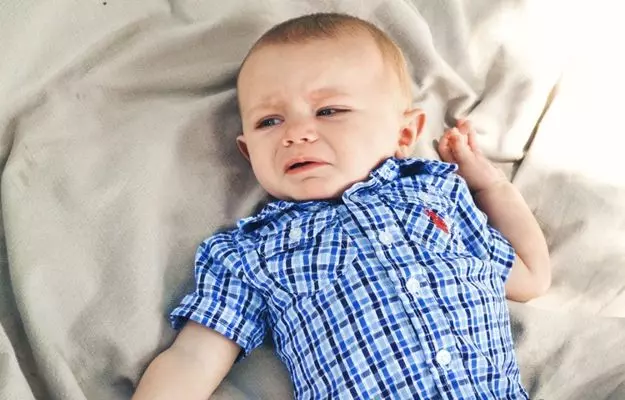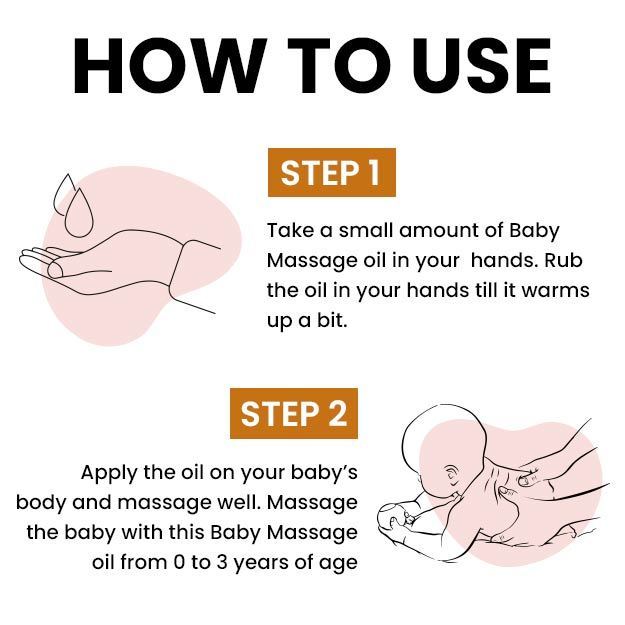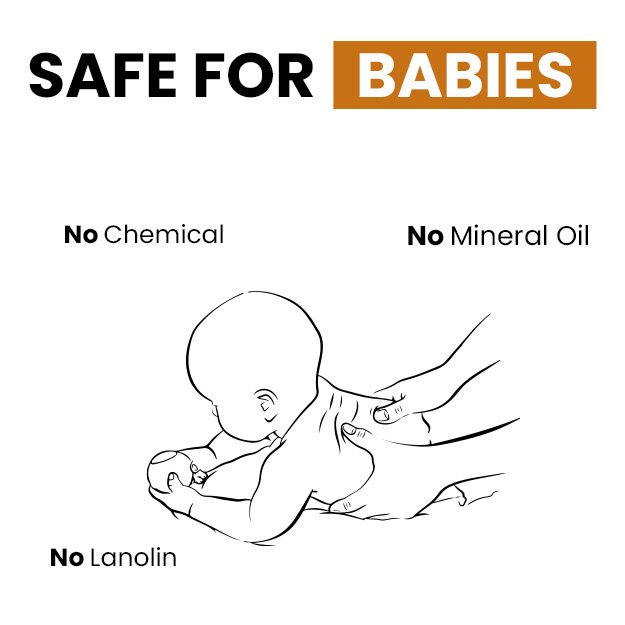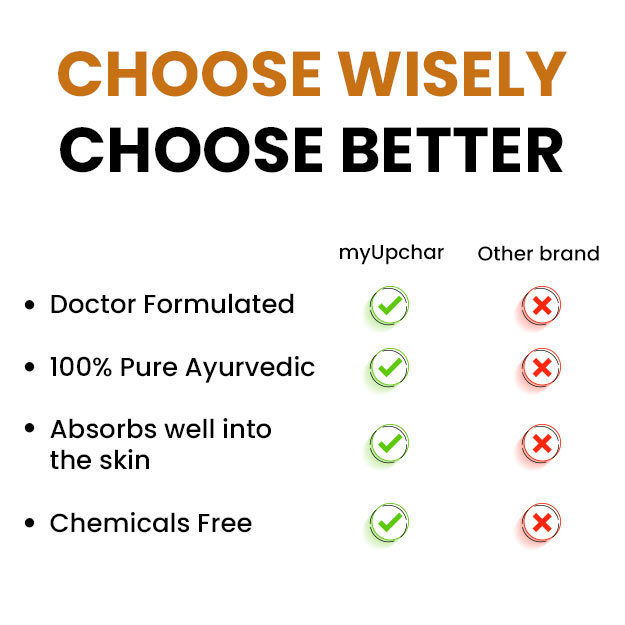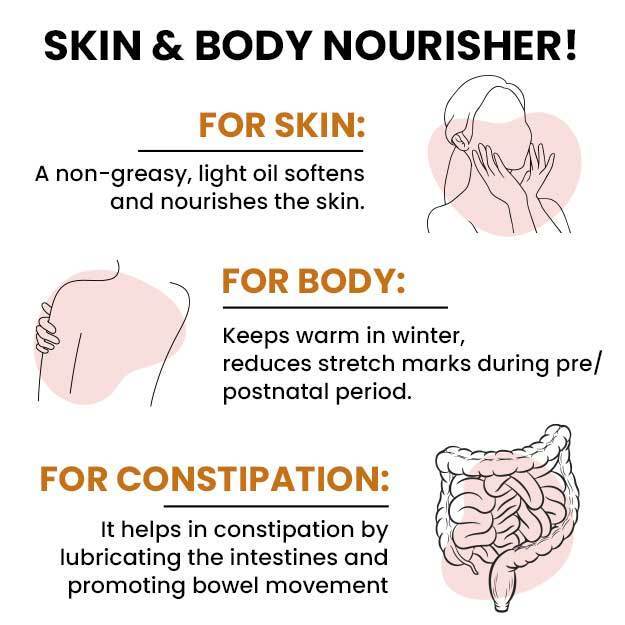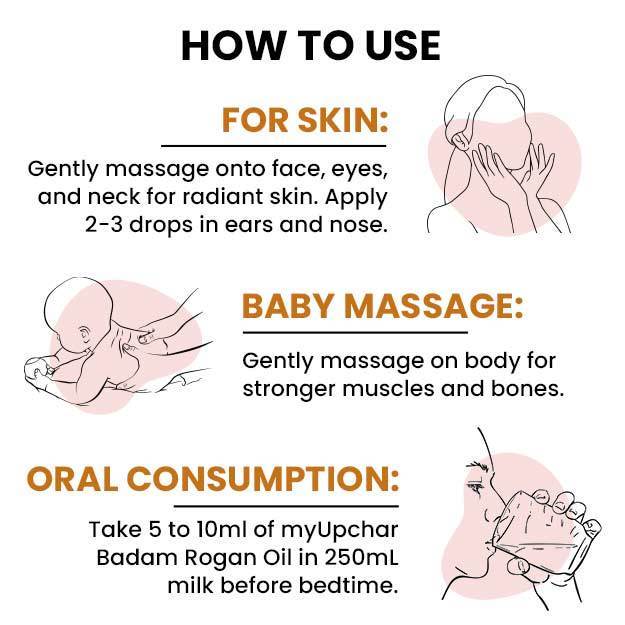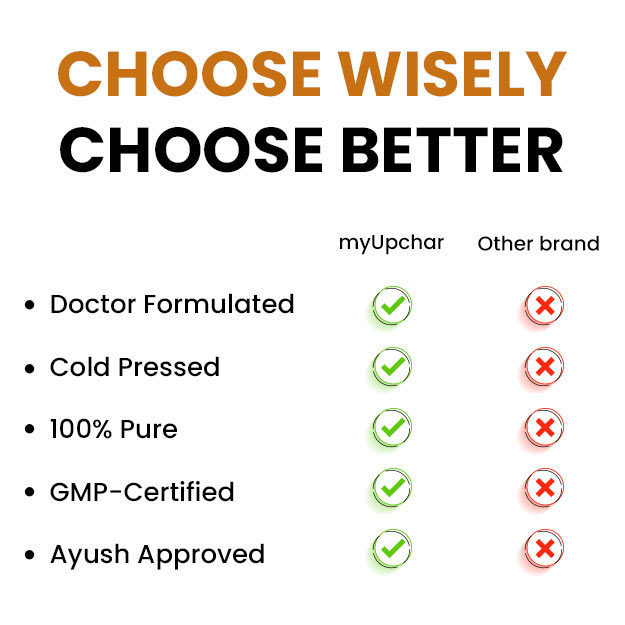Epilepsy affects a person physically, in which the person has seizures. This problem occurs when there is a disturbance in the communication between the brain and the neuron. There are two types of epilepsy based on the affected part of the brain, these are described further.
Generalized seizure:
This condition affects the neurons and cells on both sides of the brain. In this, mild spasms in the child's body can lead to severe seizures. Due to this, many times the child loses consciousness for some time. There are also the following types of generalized seizures.
Atonic seizures:
Lack of control over the muscles, due to which the person suddenly falls on the ground. Due to this, the person can also get injured.
Absence or petit mal:
This type of seizure occurs suddenly when the patient is sitting comfortably in the same position and looks at something without moving his neck. This is a very rare condition and ends in 15 minutes.
Myoclonic fits:
In this, the muscles of a particular part of the body of children start getting cramps and jerks.
Clonic seizures:
In this, the child's body gets cramps and jerks. During this seizure, there is flexibility and looseness in the legs, hands and elbows, after which this process starts to accelerate slowly.
Tonic seizures:
In this seizure, the child's body becomes stiff and later he loses consciousness. Due to cramps in the muscles of the head, chest and hands, the child's body bends like a bow and the pupils of his eyes turn backwards. At this time, the child also has difficulty in breathing.
Tonic-clonic seizures:
In medical terms, it is called grand mal seizures. It is a difficult attack, which begins with loss of consciousness and later reaches the tonic and clonic stages.
(Read more - Can epilepsy be cured?)
Focal seizures:
It is also called partial seizures. It affects the cells of only one part of the brain. Due to which the problem of seizure occurs in only one part of the body. Focal seizures in children are divided into the following four categories.
Focal aware seizures:
It is called simple partial seizures. During this attack, the child's consciousness remains normal.
Focal motor seizures:
In this condition, the child feels repeated jerks or stiffness. In this, the child can do activities like clapping or rubbing hands repeatedly.
Focal impaired aware seizures:
This is a complex partial seizure, in which the child does not understand anything and does not remember anything.
Focal non-motor seizures:
In this attack, the child experiences emotional ups and downs and his hair stands on end. Also, the child's heartbeat increases and sometimes he starts feeling cold or hot.
(Read more - Epilepsy Diet and Diet Plan)

